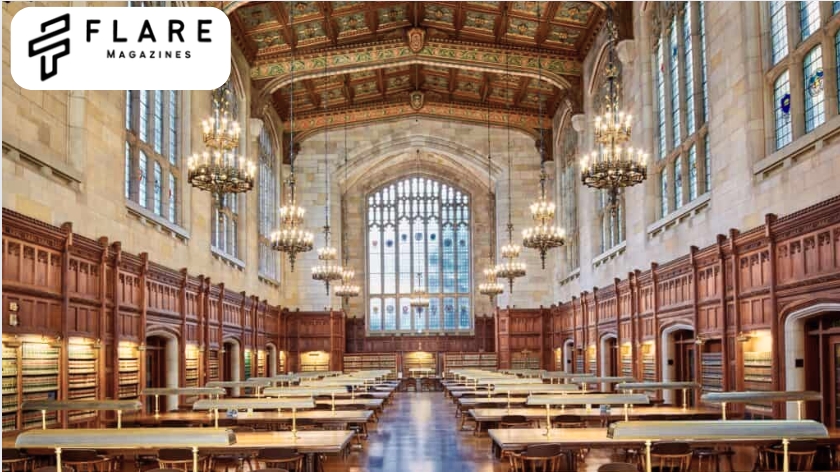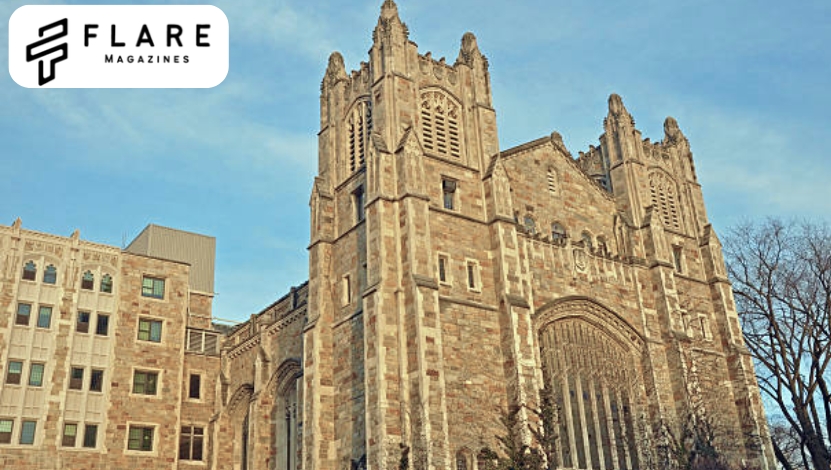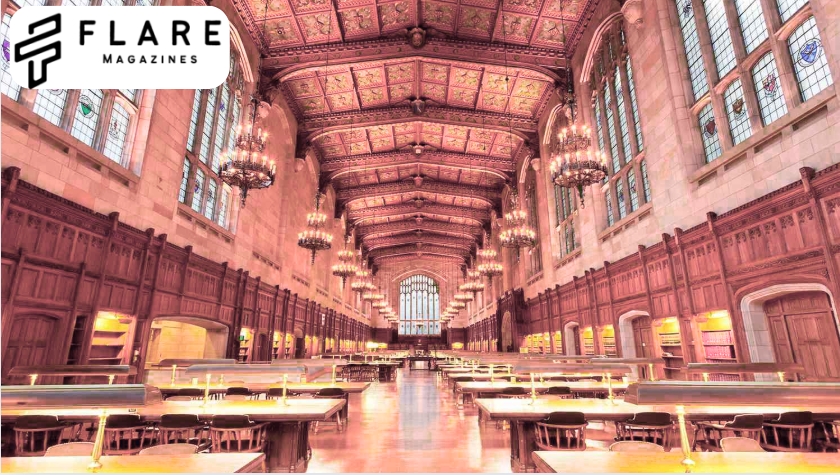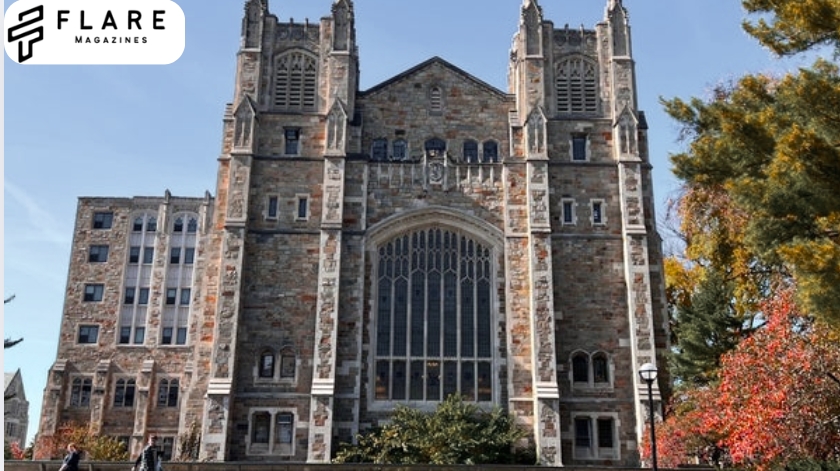Founding Vision and Pioneering Acquisitions
The University of Michigan Library system stands as a cornerstone of academic excellence and discovery, serving the vibrant intellectual community of one of the world’s leading public research universities. Encompassing over 20 distinct libraries and collections across campuses, it houses a staggering wealth of knowledge – more than 14 million volumes alongside vast digital resources, unique manuscripts, rare books, and powerful research databases. Founded in 1838, the Library possesses deep historical roots and treasures, including renowned special collections like the Papyrology and William L. Clements Libraries. More than a repository, it actively fuels scholarship, teaching, and learning by providing expert librarians, cutting-edge research support, innovative learning spaces, and essential services designed to empower students, faculty, and researchers in every discipline to push the boundaries of knowledge.
- Architectural Evolution: The library’s physical growth mirrors its scholarly ambitions. Albert Kahn’s 1920 Beaux-Arts building (now Hatcher Library’s north wing) solved chronic overcrowding but faced renewed space crises post-WWII. The 1970 addition introduced an eight-story tower for administrative offices and specialized collections like the Papyrology unit, accommodating the UMich Library‘s explosive post-war expansion 1.
- Cataloging Innovations: From handwritten cards (1890) to Library of Congress printed cards (post-1900), the UMich Library pioneered bibliographic control. By 1940, its catalog held 1.75 million cards across 2,000 trays—a tangible manifestation of its sprawling intellectual reach 1.
The Modern Colossus: Collections and Infrastructure
Today, the University of Michigan Library system ranks as the second-largest research library in the United States by volume count, with 14.5+ million volumes in its central system and 16+ million across all campus libraries as of 2020. This vast network encompasses 38 constituent and affiliated libraries, recording over 4.2 million annual visits pre-pandemic. While often perceived monolithically, the ecosystem includes independent entities like the Bentley Historical Library, Clements Library, and Ford Presidential Library—each operating with distinct governance but sharing the university’s scholarly mission. The UMich Library‘s collecting philosophy balances global breadth with curated excellence, evident in several world-class holdings 1:
Table: Signature Collections of the UMich Library System
| Collection/Unit | Scope & Significance | Location |
|---|---|---|
| Asia Library | 785,000+ volumes; largest East Asian collection in North America; trilingual digital portal (1994) | Hatcher Graduate Library |
| Labadie Collection | Oldest anarchist/radical history archive globally; founded 1911 via Joseph Labadie’s gift | Special Collections |
| Papyrus Collection | 617+ ancient Egyptian texts; largest in Western Hemisphere; began with 1920 acquisition | Hatcher Graduate Library |
| Clark Library | 370,000+ maps; comprehensive UN/FAO/OECD documents; U.S. Census records since 1790 | Hatcher Graduate Library |
Digital Vanguard: From JSTOR to HathiTrust
The UMich Library stands at the epicenter of library digitization movements. In the 1990s, it incubated JSTOR—launching with 750,000 digitized pages from history and economics journals—to solve the dual crises of storage limitations and scholarly access. This project exemplified the UMich Library‘s ethos: leveraging technology to democratize knowledge. In 2004, it again revolutionized librarianship via the Michigan Digitization Project with Google. Despite copyright controversies, this partnership produced 14+ million digitized volumes by 2024, forming the cornerstone of HathiTrust—a collaborative digital repository co-founded by Michigan in 2008. Today, HathiTrust holds 17+ million volumes, with the UMich Library contributing more than any other institution. This initiative exemplifies the library’s “access-centered” philosophy, extending resources beyond Ann Arbor to global researchers 18.
- Middle English Dictionary (MED): The UMich Library‘s stewardship of this century-long lexicographical project showcases digital scholarship leadership. Since assuming custodianship, library technologists have added 2,500+ entries and 16,000+ quotations to the online MED (2020 data), implementing advanced search functionality while preserving the print edition’s scholarly rigor. Ongoing work includes date-sorting features and annual data reloads, ensuring this essential tool evolves with researcher needs 8.

Architectural Icons: Spaces That Shape Scholarship
The Harlan Hatcher Graduate Library—named for Michigan’s eighth president—anchors the system with 3.5+ million volumes across 300+ languages. Its Gothic Reading Room, soaring 65 feet beneath timber vaults, remains a sacred space for humanistic inquiry. Connected via skywalk, the Shapiro Undergraduate Library (renamed 1995) embodies pedagogical innovation: its 1958 design prioritized student comfort with lounge chairs, group study rooms, and 24-hour access—radical concepts when built. These physical spaces reflect the UMich Library‘s mission stratification 1:
- Specialized Units Integration: Within Hatcher, the Stephen S. Clark Library merges three critical functions:
- Map Collection: Abraham Ortelius’s 1570 Americae… Nova Descriptio resides alongside Giambattista Nolli’s 1748 Rome map—cartographic treasures supporting disciplines from history to urban planning 1.
- Government Information: As a federal depository, it houses uninterrupted U.S. Congressional publications since 1789 and complete UN documents since 1946 1.
- Spatial Analysis: The SAND unit (Spatial and Numeric Data Services) assists with GIS and statistical research, bridging traditional librarianship and data science 1.
Special Collections: Where Rarity Meets Revelatory Research
The UMich Library‘s special collections transcend conventional archives, serving as laboratories for material-text scholarship. The Joseph A. Labadie Collection—established when the anarchist donated his papers in 1911—now encompasses 50,000+ items documenting radical social movements globally. Researchers handle Emma Goldman’s letters alongside Black Panther newsletters, tracing resistance movements’ evolution. Similarly, the Papyrus Collection enables groundbreaking work: scholars using multispectral imaging recently recovered lost classical texts from carbonized scroll fragments, expanding understanding of ancient medicine. These collections operate under the UMich Library‘s distinctive “active curation” model—proactively acquiring modern political ephemera (e.g., Arab Spring pamphlets) while preserving medieval manuscripts 1.
- Conservation Science: The library’s Conservation Lab pioneered polymer treatments for iron-gall ink corrosion, saving countless manuscripts. Its staff co-authored the Michigan Modified Paper Tape protocol now adopted by the Library of Congress for book repairs 1.
Global Impact Through Strategic Partnerships
Beyond digitization, the UMich Library amplifies reach via institutional alliances. The Text Creation Partnership (TCP)—a 200+ university consortium—transcribes 70,000+ Early English Books Online (EEBO-TCP) texts into machine-readable XML. This enables computational analysis of 15th-18th century literature, transforming humanities research. Similarly, the HathiTrust Research Center (co-founded with Indiana University) develops non-consumptive text-mining tools, allowing scholars to analyze copyrighted works without violating intellectual property—a breakthrough balancing scholarship with ethics 8.
- International Cataloging Standards: When the UMich Library joined the Program for Cooperative Cataloging in 1997, it committed to sharing original metadata globally. Its catalogers developed the SACO (Subject Authority Cooperative Program) funnel for submitting new subject headings, expanding terminology for Indigenous studies and LGBTQ+ experiences in Library of Congress classifications 1.
Teaching the Next Generation: Information Literacy as Core Curriculum
The UMich Library redefines librarianship through embedded pedagogy. Rather than one-shot instruction, librarians co-teach semester-long courses like History 398: The Historian’s Craft, where students analyze primary sources from Clements Library. The Shapiro Design Lab offers 3D printing alongside zine-making workshops, affirming that “making is research.” These programs reflect Dean Lisa Carter’s vision (appointed 2023) of the library as a “collaboratory”—a nexus where disciplinary boundaries dissolve around shared inquiry. Assessment data reveals that students participating in UMich Library research programs demonstrate 23% higher critical analysis skills in capstone projects 1.
- Digital Scholarship Bridge: Through the Library Research Scholars Program, undergraduates receive stipends for projects like georeferencing Civil War maps or building VR reconstructions of demolished campus buildings—initiatives blending archival research with technical innovation under librarian mentorship 1.

Confronting Challenges: Budgets, Access, and Preservation
Despite its stature, the UMich Library navigates existential pressures. State funding has declined 18% since 2002 in real terms, necessitating difficult collection choices. The library responded with the Collections Lab—a task force using citation analysis and usage statistics to optimize subscriptions. Simultaneously, it leads open access initiatives like Fulcrum, a publishing platform for born-digital monographs. Climate change presents another frontline: after a 2018 flood damaged anthropologist Marshall Sahlins’ papers, the library installed 37 leak-detection sensors in Hatcher’s sub-basements. Such measures protect collections against increasingly frequent environmental threats 1.
- Inclusive Collecting: The Ethnic Studies Library Action Group works to redress historical gaps, acquiring works like the Asian American Radicalism Archive and partnering with Detroit activists to preserve grassroots movement materials 1.
Envisioning the Third Century: AI, Ethics, and Community
As the UMich Library approaches its bicentennial (2038), it balances tradition with transformation. The Applied AI in Libraries Lab experiments with ethical applications—training custom GPT models on public domain texts while establishing safeguards against algorithmic bias. Concurrently, the Building Library Equity plan commits $4 million to renovate neighborhood branch libraries in Ypsilanti and Flint, extending the university’s reach beyond campus. These dual trajectories—technological sophistication and community embeddedness—exemplify the library’s enduring mission: not merely storing knowledge, but activating it for human progress. In this vision, the UMich Library remains both sanctuary and workshop, where Audubon’s avian engravings inspire alongside AI visualizations of climate migration patterns 112.
*Table: UMich Library Digitization Milestones (2004-Present)*
| Year | Initiative | Impact |
|---|---|---|
| 2004 | Michigan Digitization Project with Google | 14+ million volumes scanned; 40% of HathiTrust’s core |
| 2008 | Founding of HathiTrust | 17+ million volumes; 200+ partner institutions globally |
| 2015 | MED Online Relaunch | 15,000+ scholars daily access to Middle English lexicography |
| 2021 | Fulcrum OA Platform | 180+ open-access monographs with interactive media |
| 2023 | Generative AI Guidelines | Framework for ethical AI use in special collections |

Conclusion: The Unfinished Manuscript
The University of Michigan Library endures as a palimpsest—its original 1838 aspirations still visible beneath layers of technological and intellectual innovation. From Professor Gray’s first botanical texts to terabyte-scale genomic datasets, it continually redefines what constitutes a “library.” Yet its core remains unchanged: the conviction that knowledge, however complex or controversial, deserves preservation and engagement. As Director Lisa Carter leads this institution into its third century, the UMich Library continues drafting an unfinished, ever-evolving manuscript—one where every user, from first-year undergraduates to Nobel laureates, contributes a sentence, a chapter, or a critical footnote to humanity’s collective story. In an age of fragmentation, it stands as both anchor and compass, proving that physical place and digital space can coexist in service of enlightenment 1.
FAQs
⏰ 1. Umich Library hours
- Hatcher Library: Open until 9 PM today (July 1, 2025); hours vary daily (e.g., closes at 5 PM on July 3) 1.
- Shapiro Library: 24/7 until July 3 (closes 5 PM); closed July 4 19.
- Art, Architecture & Engineering Library: 24/7 until July 3 (closes 5 PM); MCard required 8 PM–8 AM 16.
💻 2. Umich library online
Access journals, e-books, and databases via the library website; use UM login for off-campus resources 24.
📚 3. Shapiro Library
Undergraduate hub with 24/7 hours (MCard access midnight–8 AM), café, and study spaces; houses media labs and game archives 19.
🔑 4. Umich library access
Most libraries open to public during daytime; MCard required for overnight entry (e.g., Shapiro after midnight) or special collections 169.
⚠️ 5. Library Genesis
Inactive shadow library (as of 2025) previously offering pirated academic texts; subject to legal blocks and domain seizures 510.
🎨 6. Art, Architecture, and Engineering Library
North Campus 24/7 space (until July 3) for design/engineering disciplines; MCard required 8 PM–8 AM 16.

